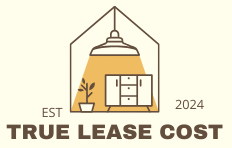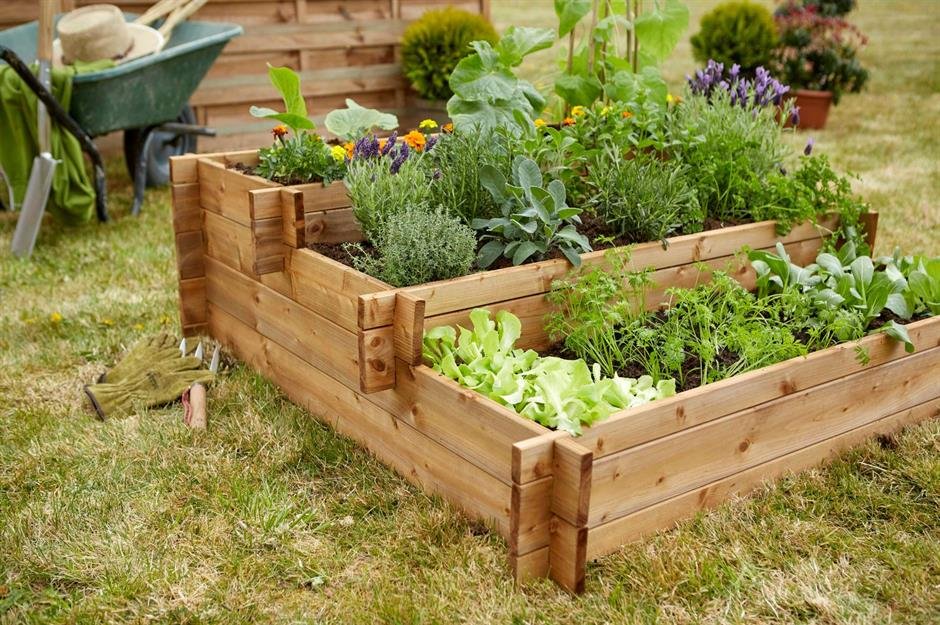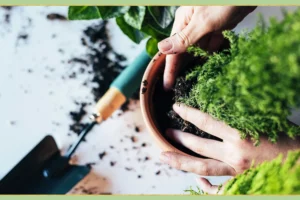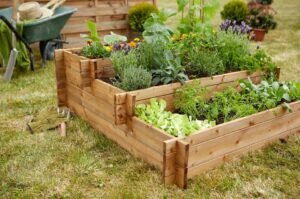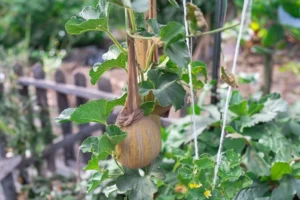Starting your first garden can be quite a challenge if you’re not very knowledgeable about plants and soil. When you ask questions like “Which plants should I plant?” or “How do I care for them?”, gardening can seem daunting. In reality, even for those who have never gardened before, it can be simple, fun, and very rewarding. Whether you’re in your backyard, on your porch, or even in a small room indoors, with the right tips and tricks, you can successfully create a garden at home. This guide offers beginners tips to make starting your first garden easy and enjoyable.
Choose easy-to-grow plants
One of the first things you should do when starting your first garden is choose plants that are simple to care for. Easy-to-grow plants will give you more confidence and reduce the chance of failure. Herbs like basil, mint, and parsley are excellent choices for beginner gardeners. Vegetables like lettuce, radishes, and cherry tomatoes are also excellent options.
If you want to garden indoors, pathos, spiderwort, and sansevieria are all easy-to-care-for flowers. Choosing plants that are suitable for your region and temperature will increase your chances of success and make gardening more enjoyable.
Start small and simple
Many novice gardeners make the mistake of planning a large garden, which can be overwhelming to maintain. Start small, with a few pots or a small raised bed. You won’t have to worry about a thing while you learn the basics of watering, lighting, and soil care.
Starting small also makes it easier to try new things and see how your plants react. As your gardening skills improve and your confidence grows, you can slowly add more plants or expand your garden.
Choose quality soil
A healthy garden starts with healthy soil. Using high-quality potting soil or a nutrient-rich garden mix provides plants with the minerals they need and helps their roots grow well. A well-draining potting soil prevents potted plants from becoming overwatered, which can cause root rot.
If you plan to grow plants in your garden, you can test the soil to determine its nutrient content and pH. Adding organic waste or compost to the soil enriches it and provides plants with the nutrients they need to thrive.
Use Water Effectively
Watering may seem simple, but a common mistake that beginner gardeners make is forgetting to do it. Overwatering or underwatering can be harmful to plants. Most plants grow best when watered moderately deeply and infrequently. This helps the root system grow stronger and deeper.
To keep foliage healthy, water it from below rather than from above. To prevent evaporation, water early in the morning or late in the evening.
Provide adequate sunlight
Sunlight is crucial for plant growth. Place your plants strategically, taking into account their individual light requirements. Most flowers and vegetables need at least six hours of sunlight per day. Some houseplants are better suited to indirect light.
If there isn’t enough natural light indoors, you can supplement with artificial lighting. Make sure your plants get enough light so they thrive, grow healthily, and reach their goals.
Use mulch to retain moisture
Applying mulch is a simple technique that can assist gardeners of all skill levels. A layer of mulch, such as wood chips, shredded leaves, or straw, helps keep the soil moist, prevents weeds, and maintains a comfortable soil temperature.
As mulch breaks down, it adds nutrients to the soil. In most cases, a 2-3 inch layer of mulch around the plants is enough to improve their health and growth while reducing the amount of work.
Use household items in new ways
You don’t need fancy tools to start a garden. Many items around the house can be used as gardening tools. Old pots, egg cartons, and yogurt containers can all be used to plant seeds. Coffee grounds, eggshells, and vegetable peels are all great kitchen items that can be composted to improve the soil.
By making the most of what you have, you can save money, reduce waste, and find creative ways to care for your garden naturally.
Prune and remove spent flowers regularly
Pruning and removing spent flowers is important for healthy plant growth. Pruning removes dead or damaged leaves and stems, improves air circulation, and makes room for new growth.
You can also deter pests by planting companion plants and introducing beneficial insects like ladybugs and lacewings. Keeping your garden clean by removing debris and leaves also repels insects and creates a healthy and safe growing environment for your plants.
Label your plants
At first glance, labeling your plants might not seem important, but it’s crucial to make it a habit. By labeling your plants with the plant name, planting date, or care instructions, you can track your garden’s progress and stay organized.
Popsicle stick labels, recycled plastic, or paper work well and are inexpensive. By labeling your plants properly, you can easily give each plant the necessary care and track its progress.
Try vertical gardening
Even if you don’t have much space, vertical gardening is a great way to grow plants. Climbing plants like beans, cucumbers, and strawberries can be grown on trellises, in wall pots, or in hanging baskets.
Vertical gardening increases air circulation, reduces the risk of soil-borne diseases, and maximizes growing space. You can fit more plants in a smaller space, making it ideal for small porches, patios, or indoor rooms.
FAQS
How often should I water when I’m just starting to grow plants?
For most plants, two to three deep watering’s per week are sufficient. Before watering, verify the soil moisture level and adjust it based on the plant type, the weather, and the season.
Do you think I can grow vegetables indoors?
Yes! Herbs, peppers, cherry tomatoes, and leafy greens grow well indoors as long as they get enough sunlight or grow lights.
How can I control pests without using chemicals?
Use natural remedies like garlic spray or neem oil, plant companion plants to attract beneficial insects, and keep the garden clean.
How much should I spend on gardening tools?
It’s not at all difficult. You only need a few simple tools, such as gloves, a shovel, and a watering can. Many household items can be reused as seeds or pots.
How do I best start my first garden?
Label the plants with their names and care instructions, plan the planting location carefully, and use pots or vertical plantings to maximize the space.
Summary
Starting your first garden doesn’t have to be intimidating. Choose easy-to-grow plants, start small, use high-quality soil, water well, ensure your plants get plenty of sunlight, apply mulch, prune, use natural pest control, and name your plants. Follow these tips and you’ll have a successful vegetable garden. Remember, gardening is a skill that can be learned. The key to success lies in patience, awareness, and perseverance. With these tips, you can turn your garden into a beautiful, functional, and enjoyable place that will make your life happier and easier.
